Video Vendors You Need To Know

Get To Know These Channel-Friendly Video Vendors
Narrowing a list of vendors in the videoconferencing space the channel should know is a deceptively simple task; after all, how many videoconferencing vendors are there, really? Well, it all depends on what you mean when you talk about ’videoconferencing’ vendors. Are they makers of high-end telepresence systems? Are they components specialists whose products make the shiny visuals of video work their magic? Are they video content management providers and other niche players who go about the business of making video content less cumbersome to store, access and direct? Are they the service providers that offer videoconferencing-as-a-service or in a hosted configuration to drive costs out of enterprise and SMB spending on video connectivity?
In truth, when we talk about video vendors, we mean all those things. This list — a sampling of the many videoconferencing and video-centric vendors out there — is a good place to get started with the channel-friendly set.

A+ Conferencing
A+ is the name, and audio, Web and videoconferencing services are the game, with an established partner program for agents and resellers looking to service customers seeking reservationless, low-cost conferencing wares.
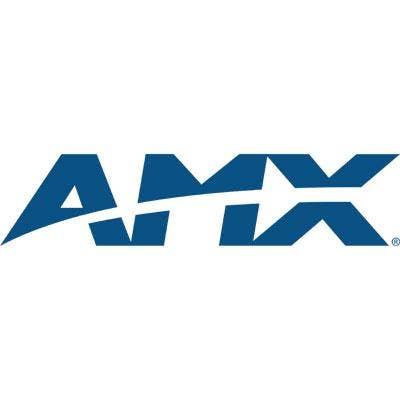
AMX
Insiders know there are many components in video solutions. AMX’s specialty is user interfaces, hybrid switching and control products, device control products, media management and signal management, not to mention integration software.
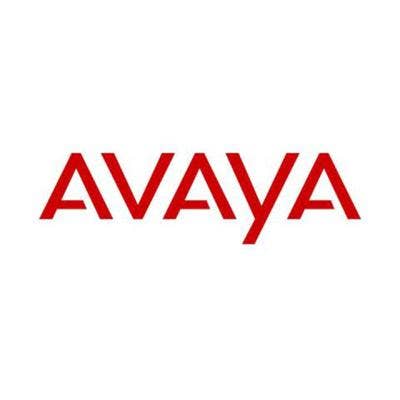
Avaya
By many analyst estimates, Avaya is the global leader in unified communications following its 2009 acquisition of Nortel’s former enterprise unit. Its virtualized UC platform, Aura, a key piece of its strategy, is indeed video, from endpoints to infrastructure.

BrightCom
It’s onward and upward for BrightCom, which launched in 2005 but has gained visibility for its Visual Collaboration System, a processor-based infrastructure for tying high-definition telepresence and videoconferencing to collaboration and data sharing.
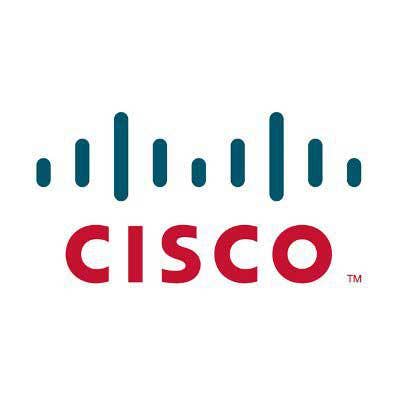
Cisco
The networking heavyweight bought Tandberg in 2009 to solidify its video strategy, and video — what Cisco CEO John Chambers calls ’the next voice’ — is now the centerpiece of a collaboration strategy that is a potential $42 billion VAR opportunity.
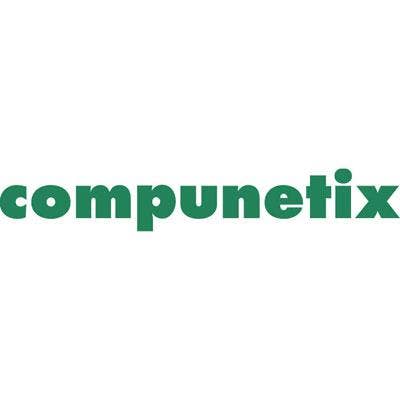
Compunetix
A four-decade-old company, Compunetix touts its audio, data and video collaboration systems as channel-friendly to the max, and has the VARs and audio systems integrators to show for it. Government VARs, in particular, applaud its JITC-certified solutions.

Crestron
From manufacturer partnerships to VARs to home and business office integrators, Crestron’s automation and touch-panel control technologies that serve homes, offices, schools, hospitals, hotels and more have plenty of channel fans.

Ensemble
Ensemble doesn’t have a lot of channel partners, but its handful of loyalists salute the company’s video content and rich media management system, especially now that video content management has become a hot niche for video VARs.

Glowpoint
A market leader in the tricky intersection of managed services, video and business connectivity, Glowpoint’s made a lot of noise in the past two years and has the channel bona fides to back up its swagger.

Huawei
Keep an eye out for Huawei, a $28 billion China-based information and communications technology solution provider, that’s putting down roots in the U.S. with a plan to go all-indirect with its routers, switches and telepresence products.
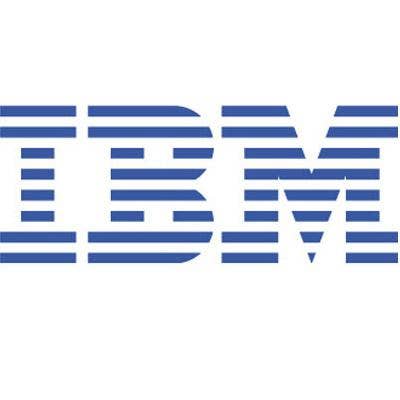
IBM
Can we really call IBM a video vendor? Well, yes: Its fingers are in too many pies in unified communications and video, and its partnerships are so vast in the video space, that it’s impossible not to include Big Blue.
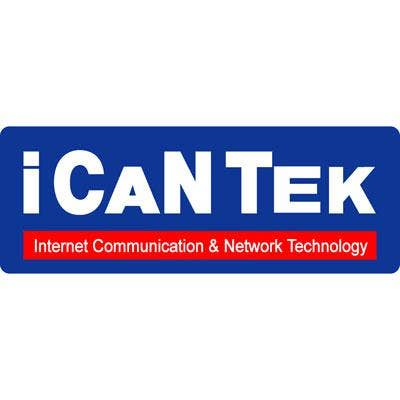
iCanTek
Eleven-year-old iCanTek, which has broadened its U.S. presence through targeted relationships with VARs and distributors, focuses on network video convergence products, from network cameras and video servers to enterprise video software applications.
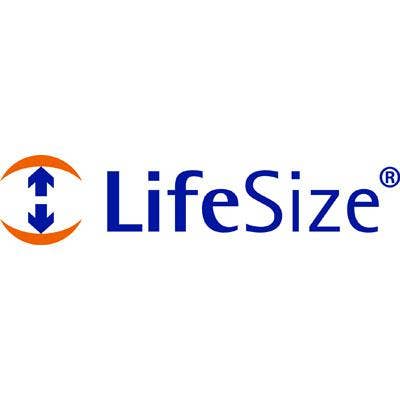
LifeSize Communications
Scrappy LifeSize, which is as much an infrastructure company as a video endpoint vendor these days, is stealing customers from Cisco and Polycom left and right. And it now has the channel community to prove it.
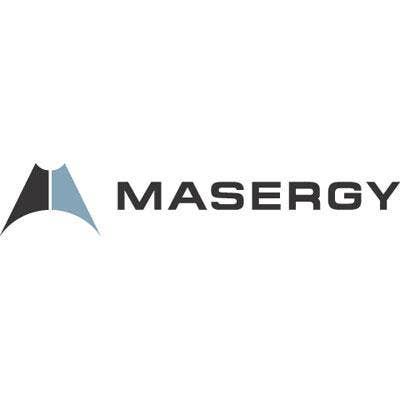
Masergy
Among the major service providers, Masergy has channel plaudits for its Video Extranet and Video QoS offerings — video-centric connectivity services that go hand in hand with a portfolio of other intelligent transport options.
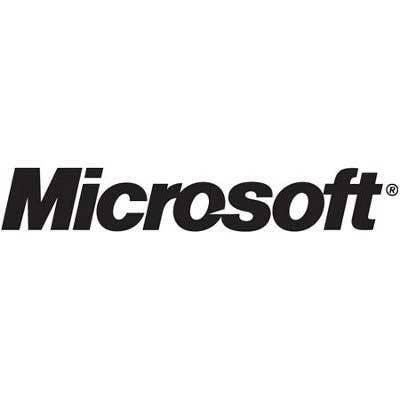
Microsoft
As Microsoft became more of a UC player behind Office Communications Server and later Lync, so, too, did it become more of a player in video. It’s now reached a point where it can’t be ignored in the hypercompetitive UC and video spaces.

Polycom
Polycom is the standalone videoconferencing player of scale to challenge Cisco. And the company has bulked up during its impressive 2011 growth year, from acquiring HP’s video technology to updating its channel to forging strategic vendor ties.

Qumu
A provider of enterprise video communication and video content management tools, Qumu was recently acquired by virtual publishing specialist Rimage, in what appears to be a strategy to get at the video-as-a-service and services opportunities.

Radvision
Everyone thought the loss of Radvision’s OEM relationship with Cisco would spell doom, but the company retrenched, bulked up its channel chops and drove headlong into the video channel with infrastructure- and mobile-centric offerings.

Siemens
More known as a general UC player, Siemens is shifting into relevance as a videoconferencing vendor, too. Recently, it launched Desktop Video Conferencing in its OpenScape UC platform, integrating with standards-based SIP endpoints.
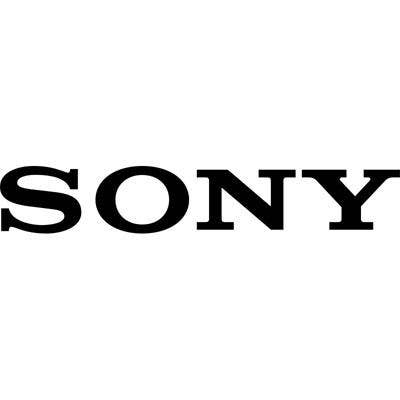
Sony
Hard to get a read on Sony’s channel prowess sometimes, but as a video vendor, you can’t count Sony out. There’s simply too many products, too much history, and too much name-brand recognition.

Telanetix
Bellevue, Wash.-based Telanetix is broadly known as a provider of hosted VoIP and phone systems but its videoconferencing business is nothing to sniff at, from immersive telepresence to video collaboration to all business market segments.

Telepresence Tech
Its name leaves refreshingly little room for interpretation: Telepresence Tech is on the rise, and the company is gaining especially enthusiastic notices for its 3-D lifesize presence systems.
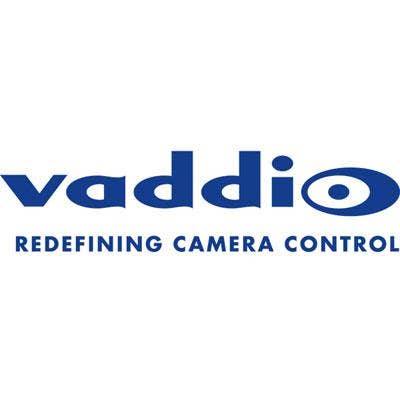
Vaddio
Nine-year-old Vaddio’s angle on the video space is that its products are bundled into various camera solutions, allowing channel partners a much easier time of performing video installs and A/V integration projects.
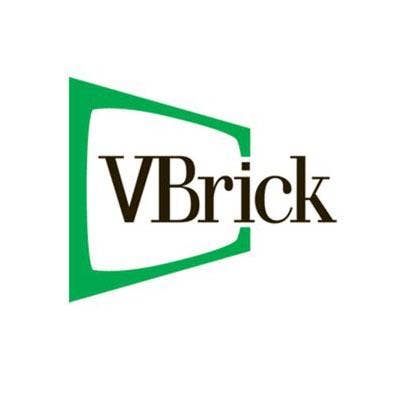
VBrick
Don’t sleep on VBrick Systems’ enterprise IP video and media streaming products, which run over standard IP networks and the Internet and currently serve more than 9,000 business, education and government customers.
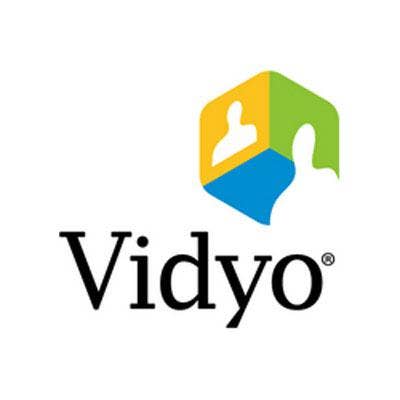
Vidyo
One of the newest companies on this list would in any other instance be a candidate for the emerging vendors. But Vidyo, with its software-centric video approach, has come so far so fast — and is so buzzed about in the channel — that everyone knows its name.